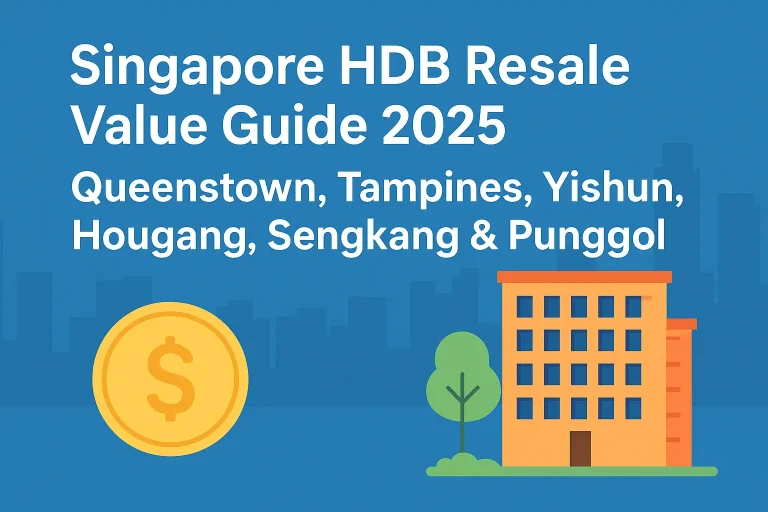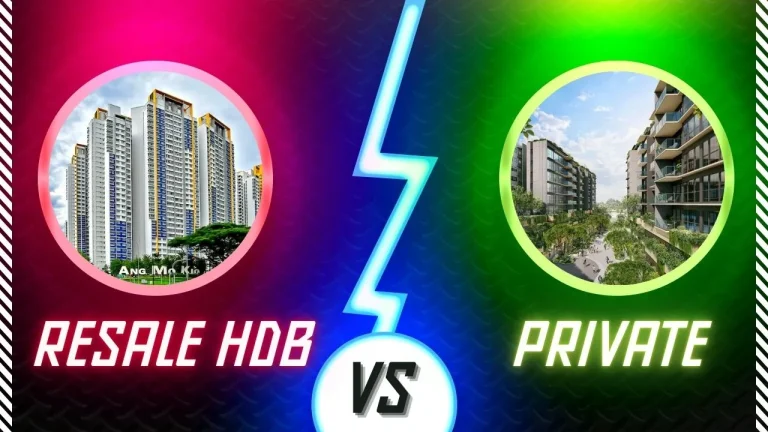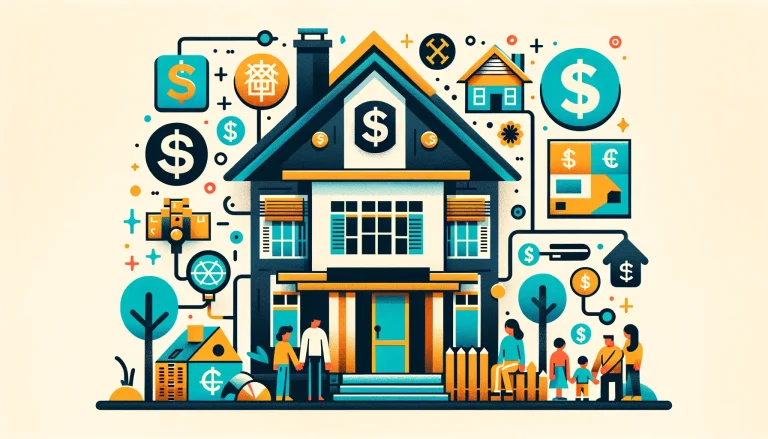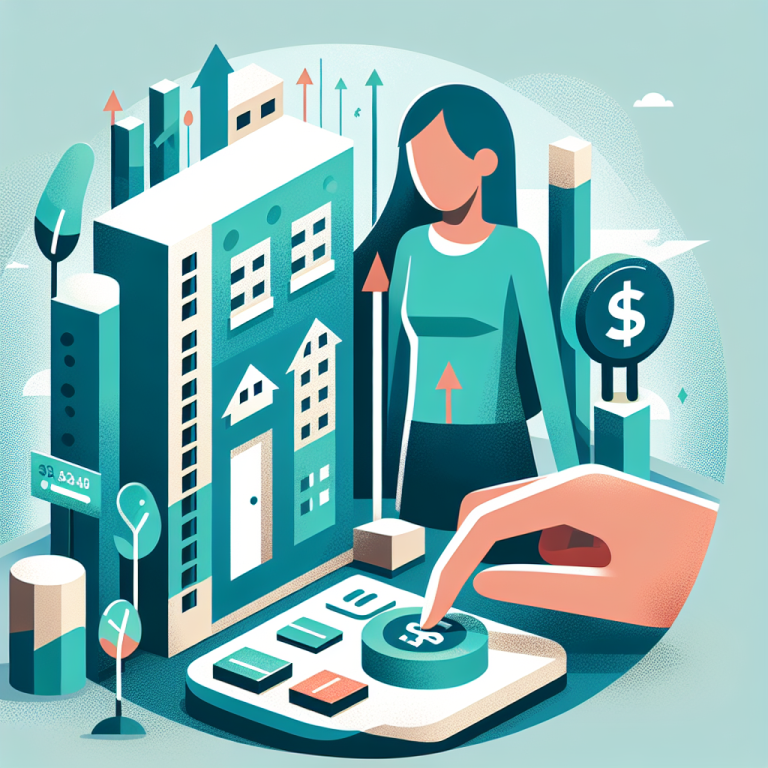
How COVID-19 Disrupted HDB Construction: A Deep Dive into Singapore’s Housing Crisis
In this blog, we explore how COVID-19 disrupted HDB construction in Singapore, leading to unprecedented delays and challenges. The pandemic not only affected timelines but also reshaped the entire construction landscape, leaving many flat buyers in limbo. Join us as we delve into the key events and responses that defined this tumultuous period.
Table of Contents
- Introduction
- Last COVID-19 Delayed HDB Flats Completed
- How COVID-19 Disrupted HDB Construction
- Malaysia’s MCO Halted Construction
- Circuit Breaker Shut Down Construction
- Resumption of Construction Industry
- Fewer Migrant Workers Post COVID-19
- Second Wave of Disruptions – MCO 2.0 & Delta Variant
- Construction Back on Track from End-2021
- Impact on Flat Buyers
- Lessons Learned from COVID-19
- Looking Ahead: Future of HDB Construction
- Community Resilience During the Crisis
- The Economic Implications of Construction Delays
- A Collective Effort to Overcome Challenges
- FAQ
Introduction
The COVID-19 pandemic has had a profound impact on various sectors, and the construction industry in Singapore is no exception. As we delve into the timeline of events, we will highlight the significant delays and challenges faced by the Housing Development Board (HDB). From the initial lockdowns to the gradual resumption of activities, the journey has been anything but smooth.
Last COVID-19 Delayed HDB Flats Completed
As the pandemic unfolded, many HDB projects faced delays unlike any seen before. The final two projects affected by COVID-19 have only recently been completed, symbolising the end of a long and challenging chapter for both the developers and the buyers.
These projects, notably at Punggol Point Cove and Woodlake Glen, are reminders of the unprecedented hurdles faced during this period.
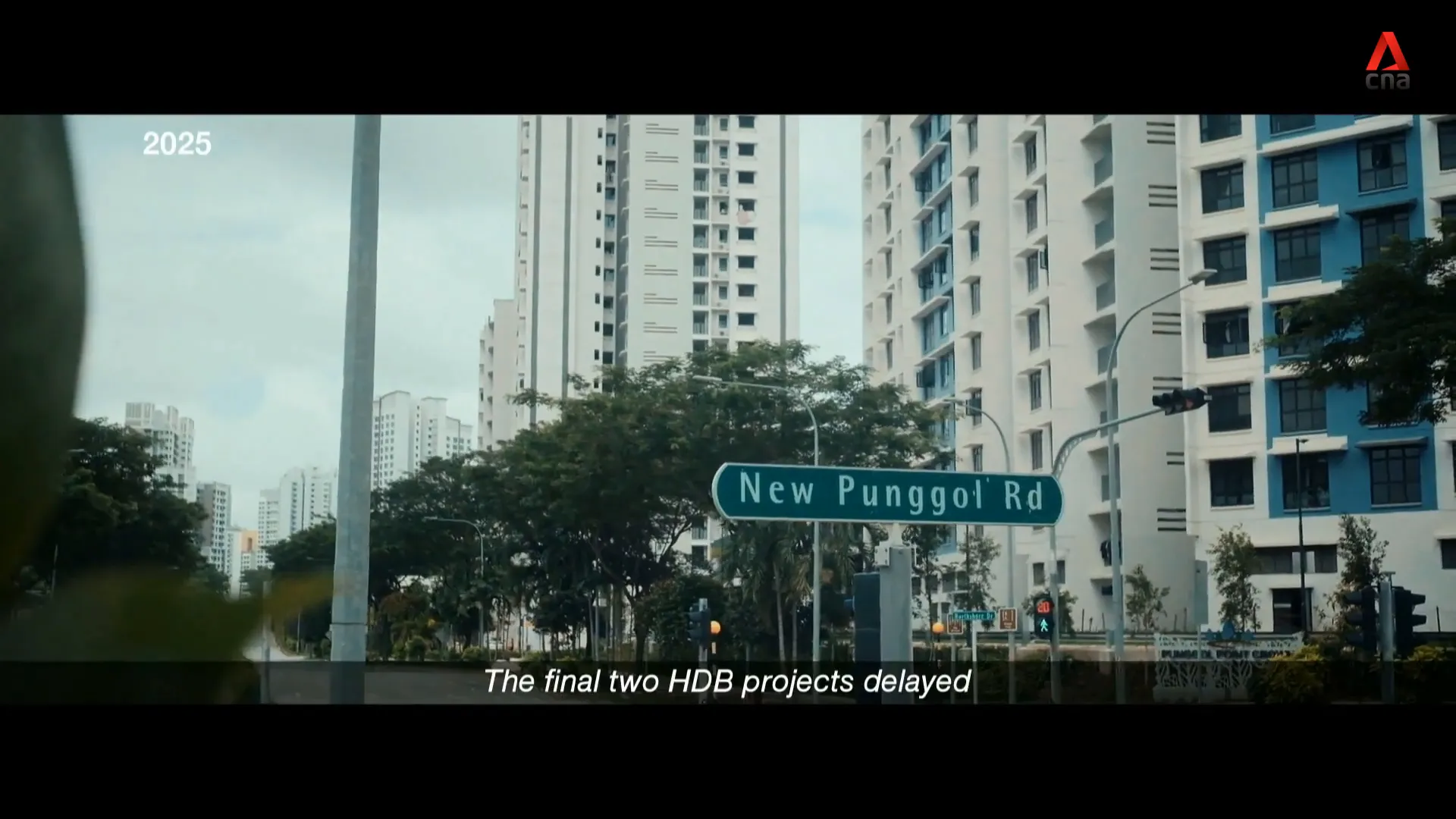
How COVID-19 Disrupted HDB Construction
COVID-19 disrupted HDB construction in multiple ways. The pandemic led to unprecedented work closures, supply chain disruptions, and a significant shortage of manpower. As a result, HDB faced delays in project timelines, impacting the lives of many flat buyers who had been eagerly awaiting their homes.
Prior to COVID-19, HDB was known for delivering projects on time. However, the pandemic unraveled years of planning, leading to an extended wait for many. With construction halted, many buyers found themselves in limbo, forced to adjust their life plans around unpredictable completion dates.
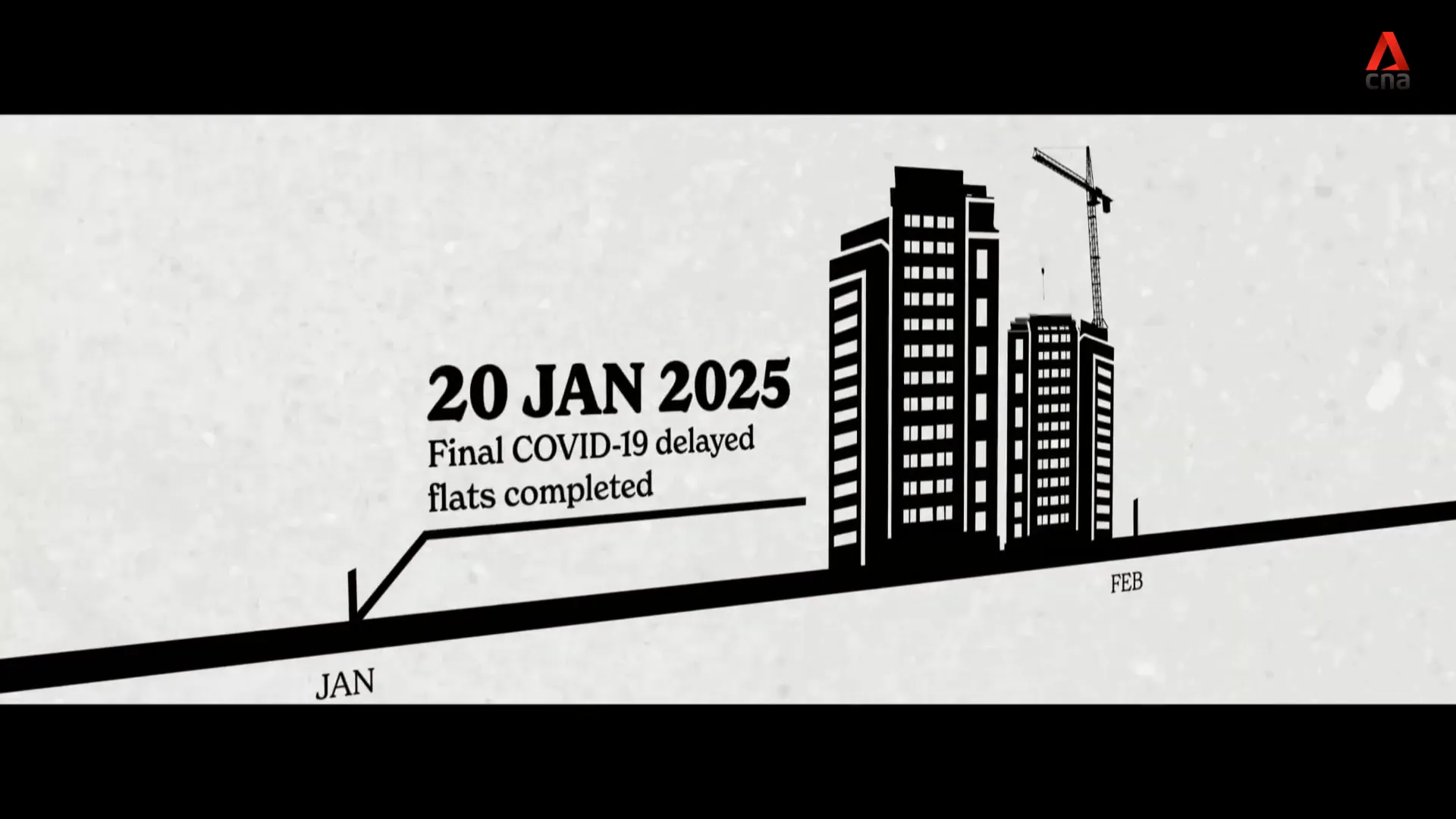
Malaysia’s MCO Halted Construction
The first major blow came when Malaysia imposed the Movement Control Order (MCO). This restriction limited cross-border movement, crucial for transporting essential precast components necessary for HDB projects. The halt of these components meant that construction could not proceed, leading to immediate project suspensions.
As the MCO extended, the situation worsened. Without access to vital materials, HDB faced the daunting challenge of how to adapt and continue construction amidst these restrictions. The reliance on imported materials from Malaysia, where most precast components are produced, became a critical vulnerability.
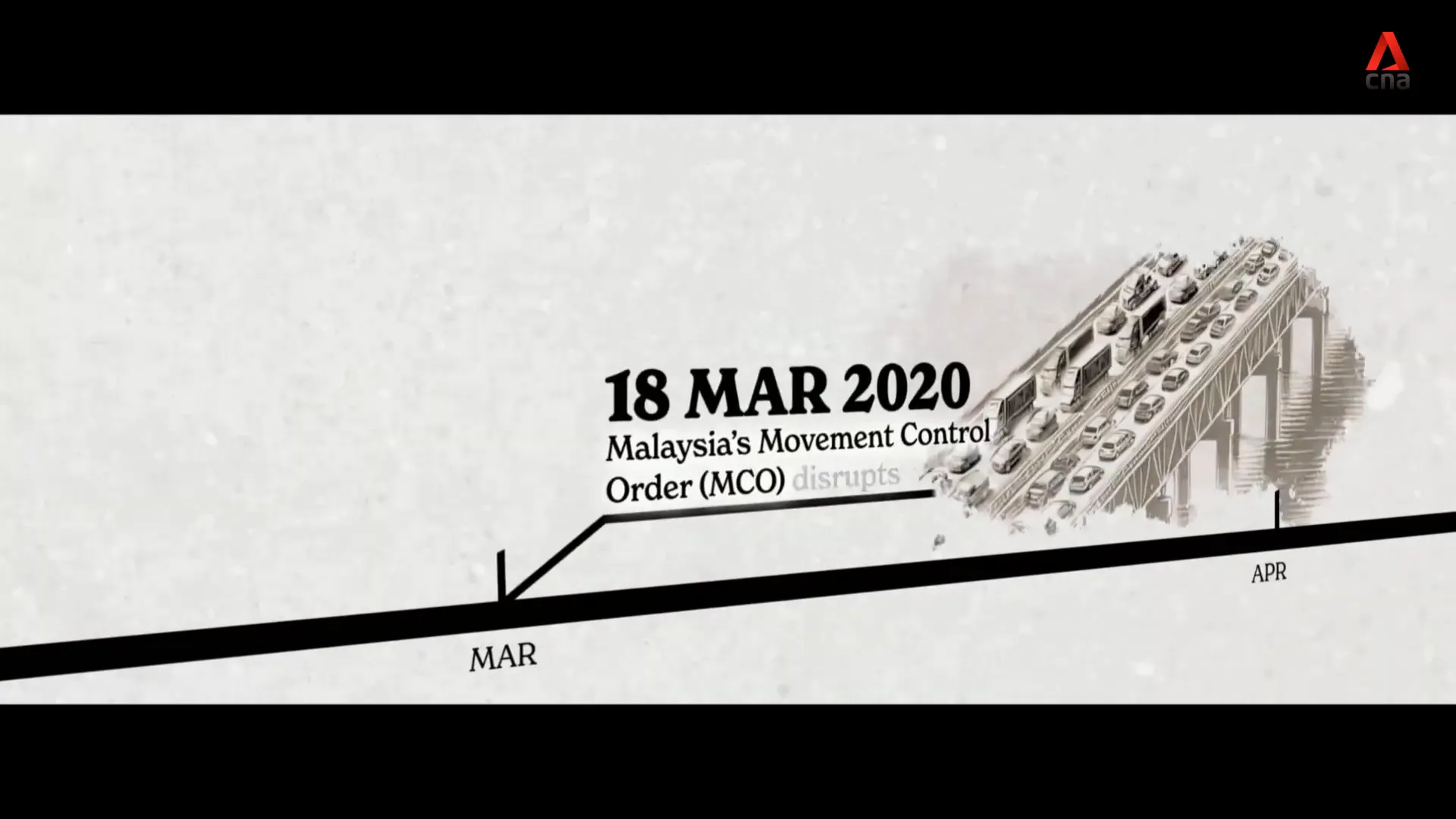
Circuit Breaker Shut Down Construction
Following the MCO, Singapore implemented its own circuit breaker measures to curb the spread of COVID-19. This decision, though necessary for public health, effectively shut down all construction activities. The ramifications were immediate and severe, with no work being done on HDB projects across the nation.
During this period, clusters of infections in worker dormitories further complicated the situation. The decision to halt construction was not made lightly; the priority was to safeguard lives. However, this also meant that delays in construction projects became inevitable, leading to widespread concern among developers and buyers alike.
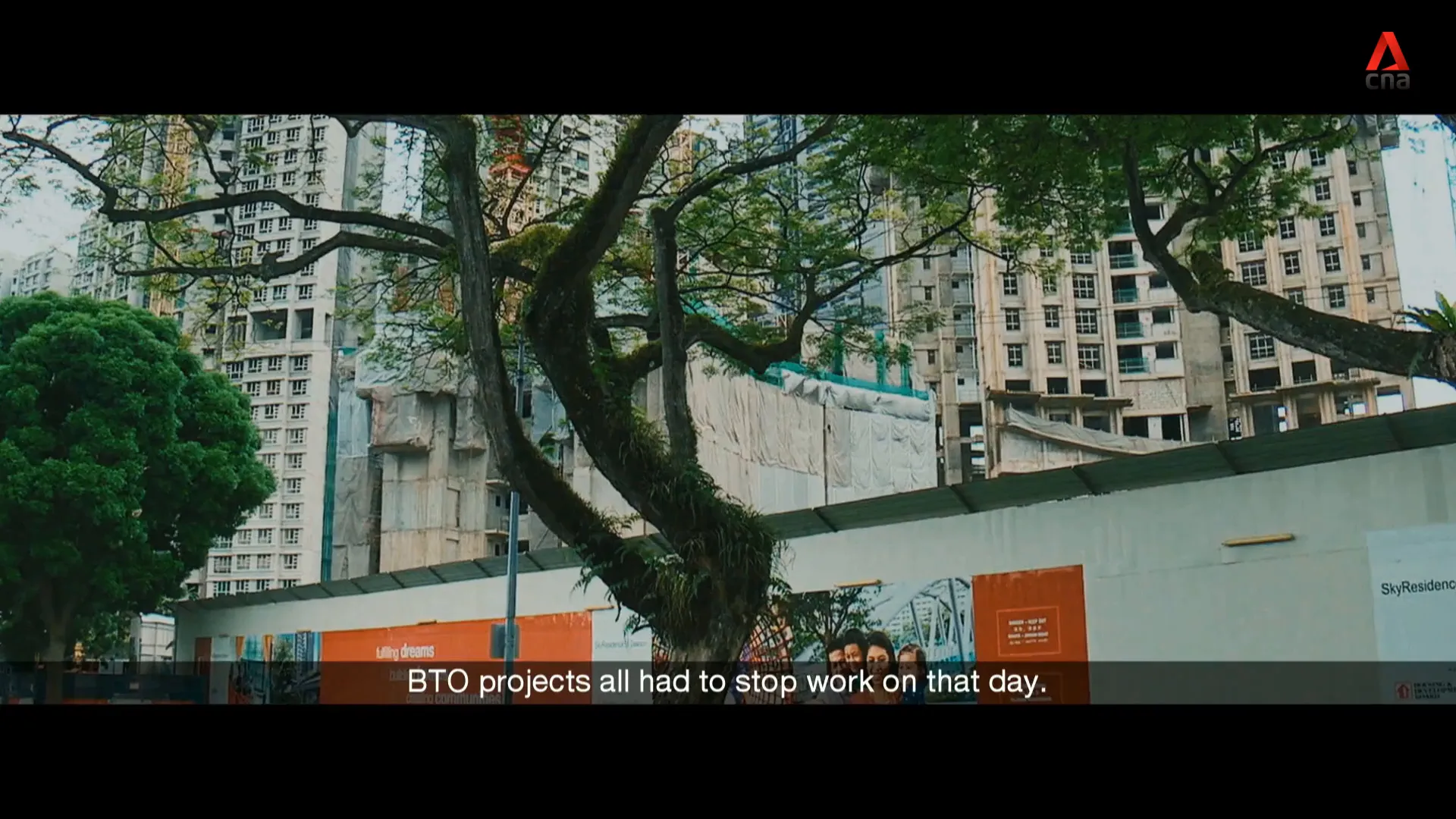
Resumption of Construction Industry
Finally, on June 2nd, the announcement came that construction could resume. However, the road to recovery was fraught with challenges. Projects could not simply restart as before; new safety protocols and regulations had to be established to ensure the health of workers and the public.
The resumption of construction was met with cautious optimism. Yet, the workforce was still significantly reduced, and any new COVID-19 cases could lead to further shutdowns. This new reality meant that HDB had to adjust its expectations and timelines, accepting that delays would continue to mount.
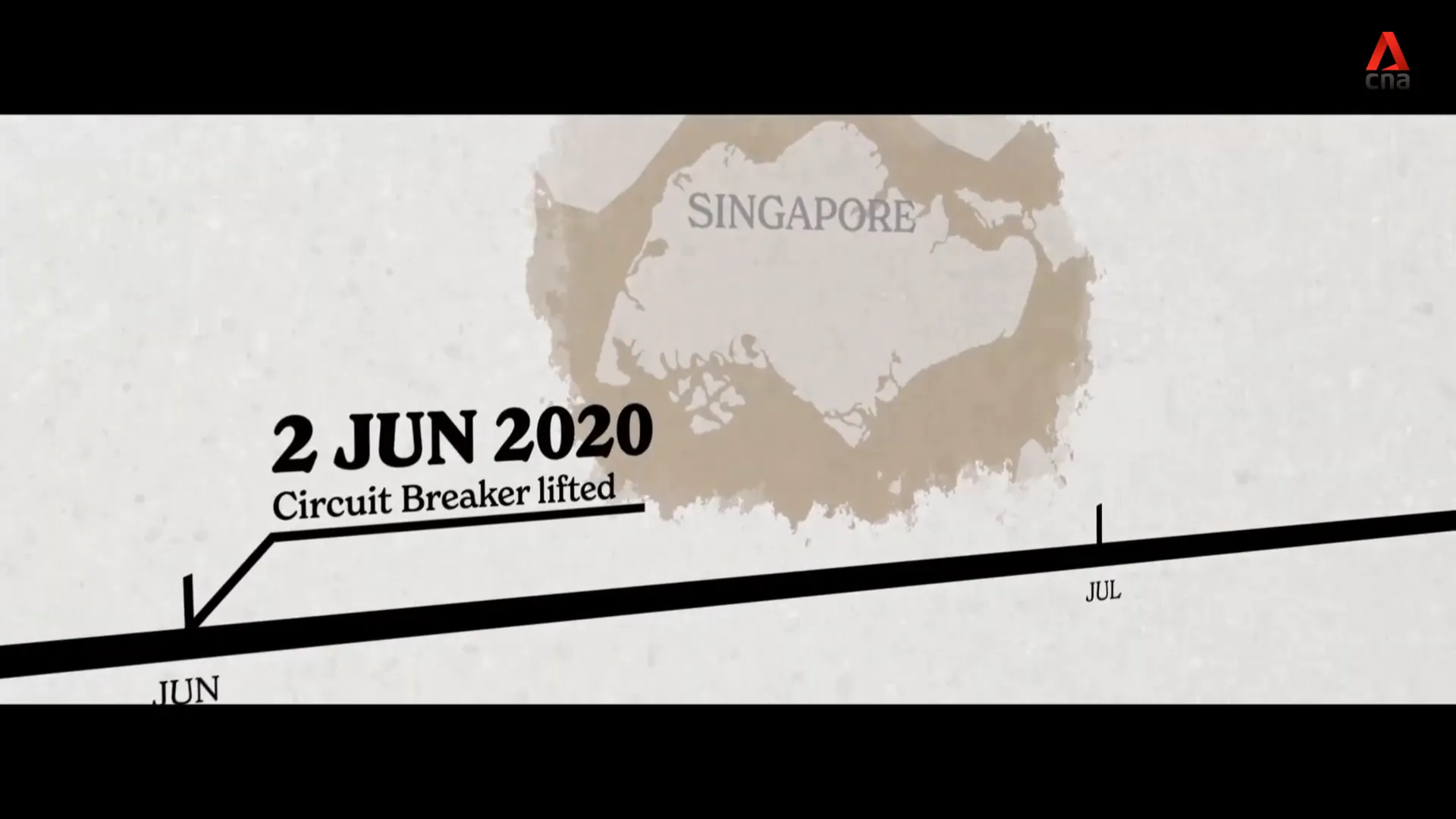
Fewer Migrant Workers Post COVID-19
The pandemic led to a significant reduction in the number of migrant workers in the construction sector. Before COVID-19, there were nearly 300,000 migrant workers contributing to the industry. By the height of the pandemic, this number plummeted to around 230,000, marking a drop of over 20%. This sudden decrease had a ripple effect on project timelines and completion rates.
Many workers returned to their home countries, and as those countries implemented their own lockdowns, the prospect of returning to Singapore became increasingly difficult. New migrant workers could not enter, compounding the existing labor shortages. This situation created an urgent need for innovative solutions to fill the gaps left by the dwindling workforce.
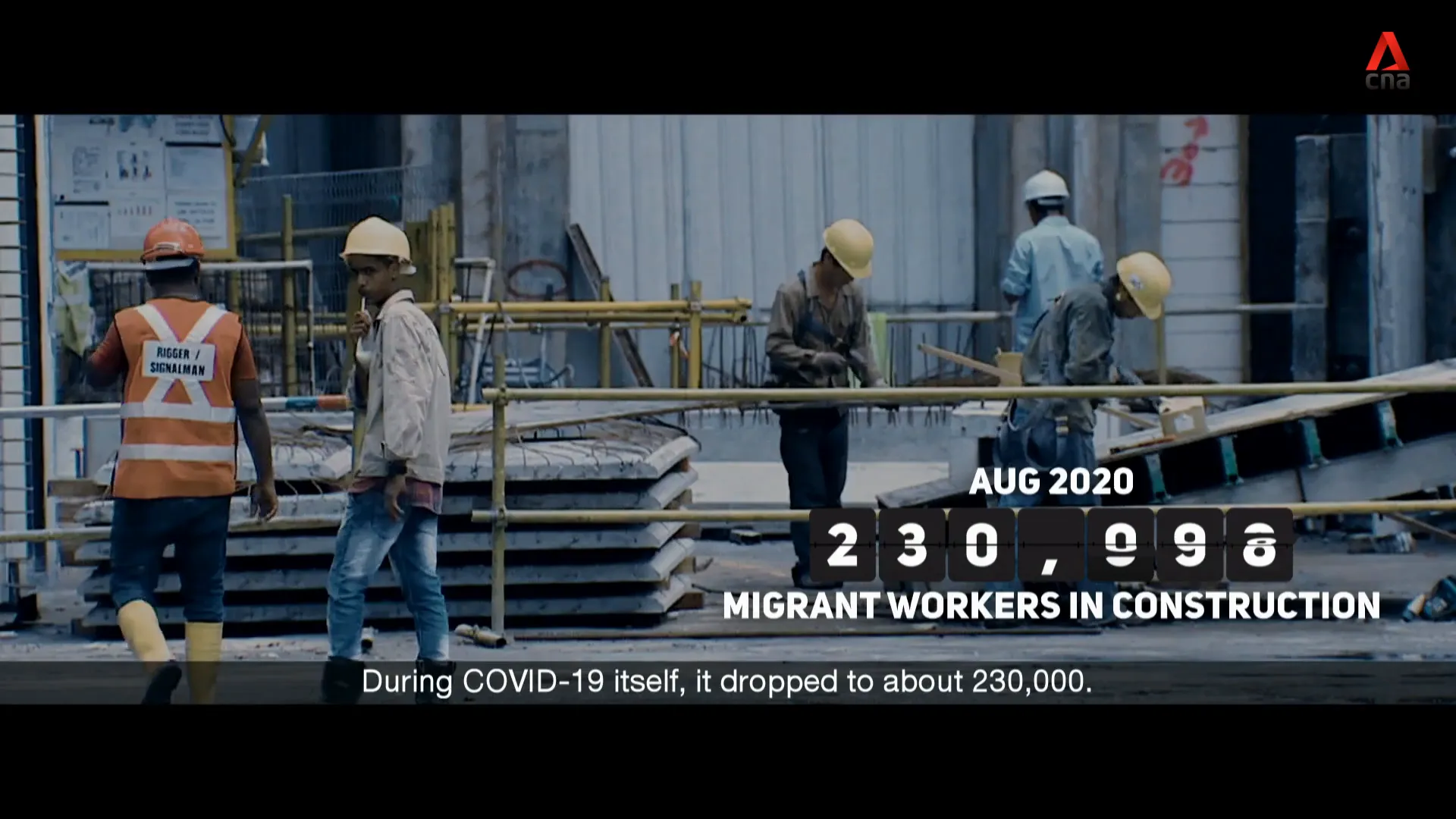
Second Wave of Disruptions – MCO 2.0 & Delta Variant
As the situation evolved, the emergence of the Delta variant brought about a second wave of disruptions. Malaysia’s Movement Control Order (MCO) 2.0 imposed further restrictions, affecting the supply of precast components crucial for HDB projects. This was compounded by the fact that many construction workers were still in limited supply due to ongoing health concerns.
The impact of MCO 2.0 was profound. Initially, it caused delays in the precast supply chain. As the lockdown extended, many production facilities in Malaysia halted operations entirely. The flow of materials essential for ongoing projects slowed to a trickle, resulting in significant backlogs and mounting frustrations among developers and buyers alike.
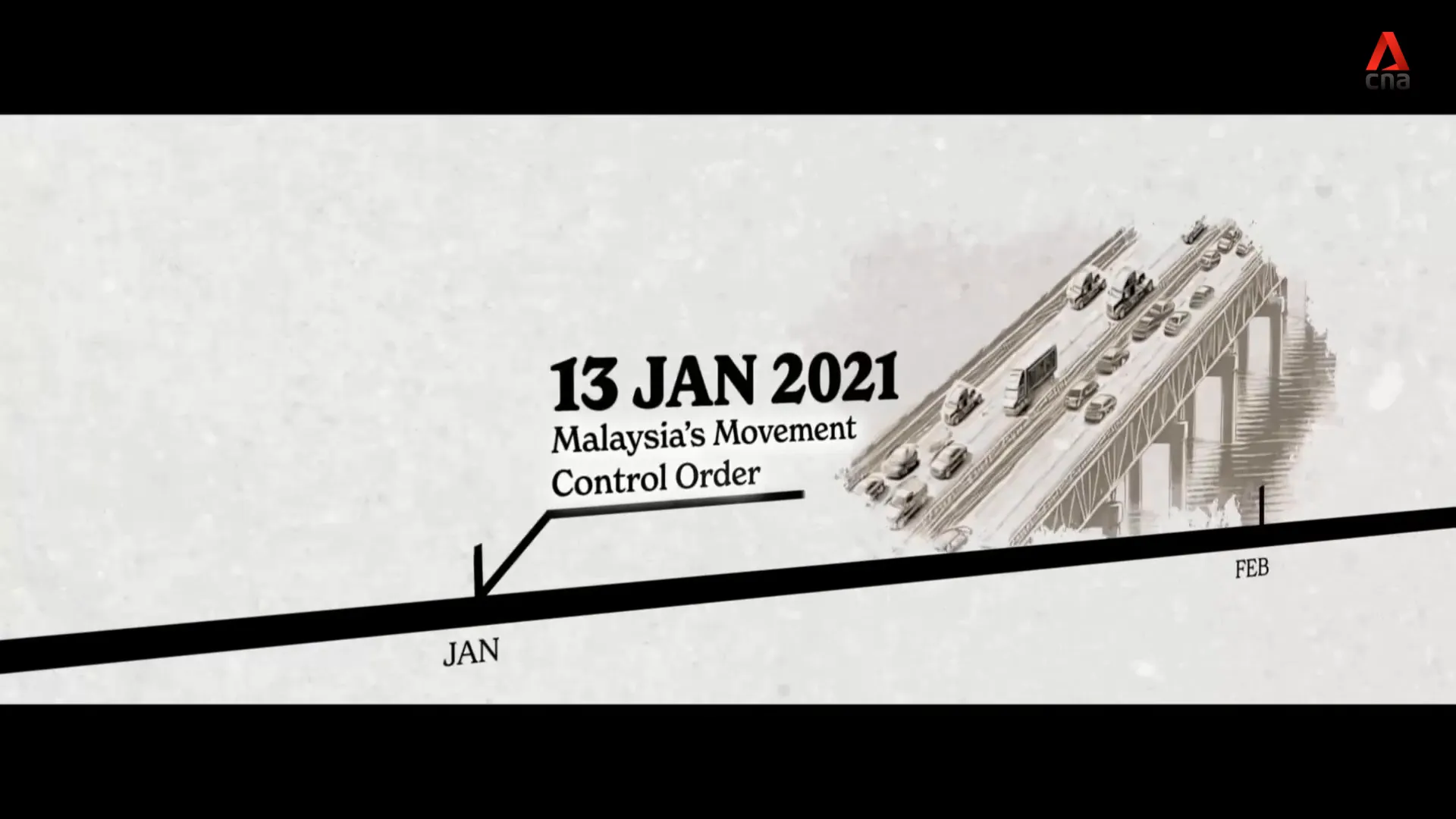
Other Related Articles:

Construction Back on Track from End-2021
By late 2021, the construction industry began to show signs of recovery. With the lifting of many restrictions and the gradual return of workers, projects that had been stalled for months finally resumed. However, the pace of work remained slower than pre-pandemic levels due to lingering safety protocols and reduced workforce capacity.
Despite these challenges, HDB managed to implement new strategies to expedite the construction process. This included diversifying the sources of materials and ensuring that safety protocols were strictly adhered to, allowing work to progress steadily while keeping the workforce safe.
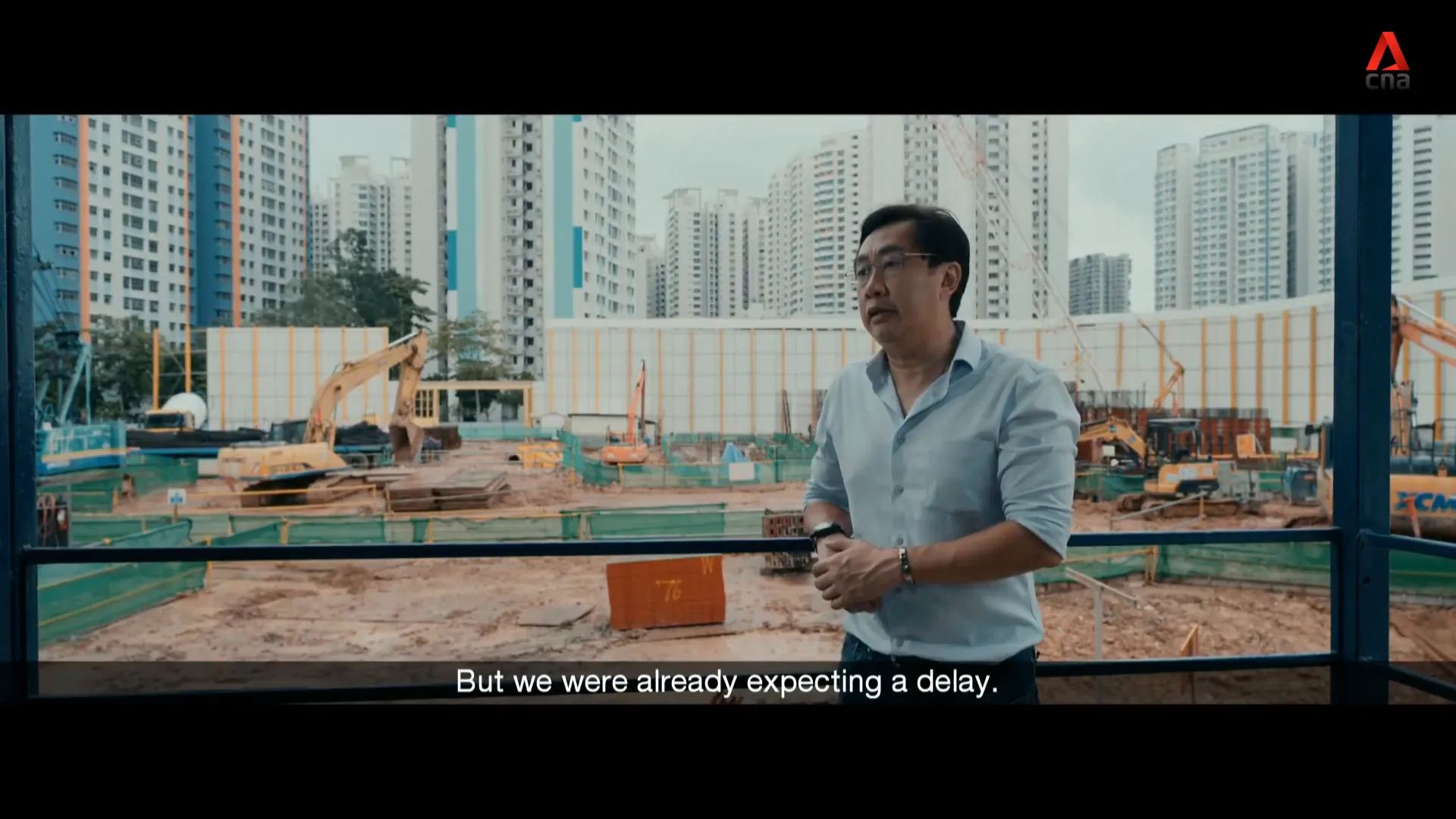
Impact on HDB Flats Buyers
The delays in construction had a direct impact on flat buyers, many of whom found themselves facing extended waiting periods. Initially, buyers were informed of delays ranging from six to nine months. This uncertainty disrupted personal plans, such as marriages and relocations, forcing many to seek alternative accommodations.
For some, the situation became financially burdensome. With many projects delayed past their legal completion dates, HDB had to address these challenges by compensating buyers with liquidated damages—a first in the agency’s history. This was not just a financial issue; it spoke to the emotional toll of waiting for a long-anticipated home.
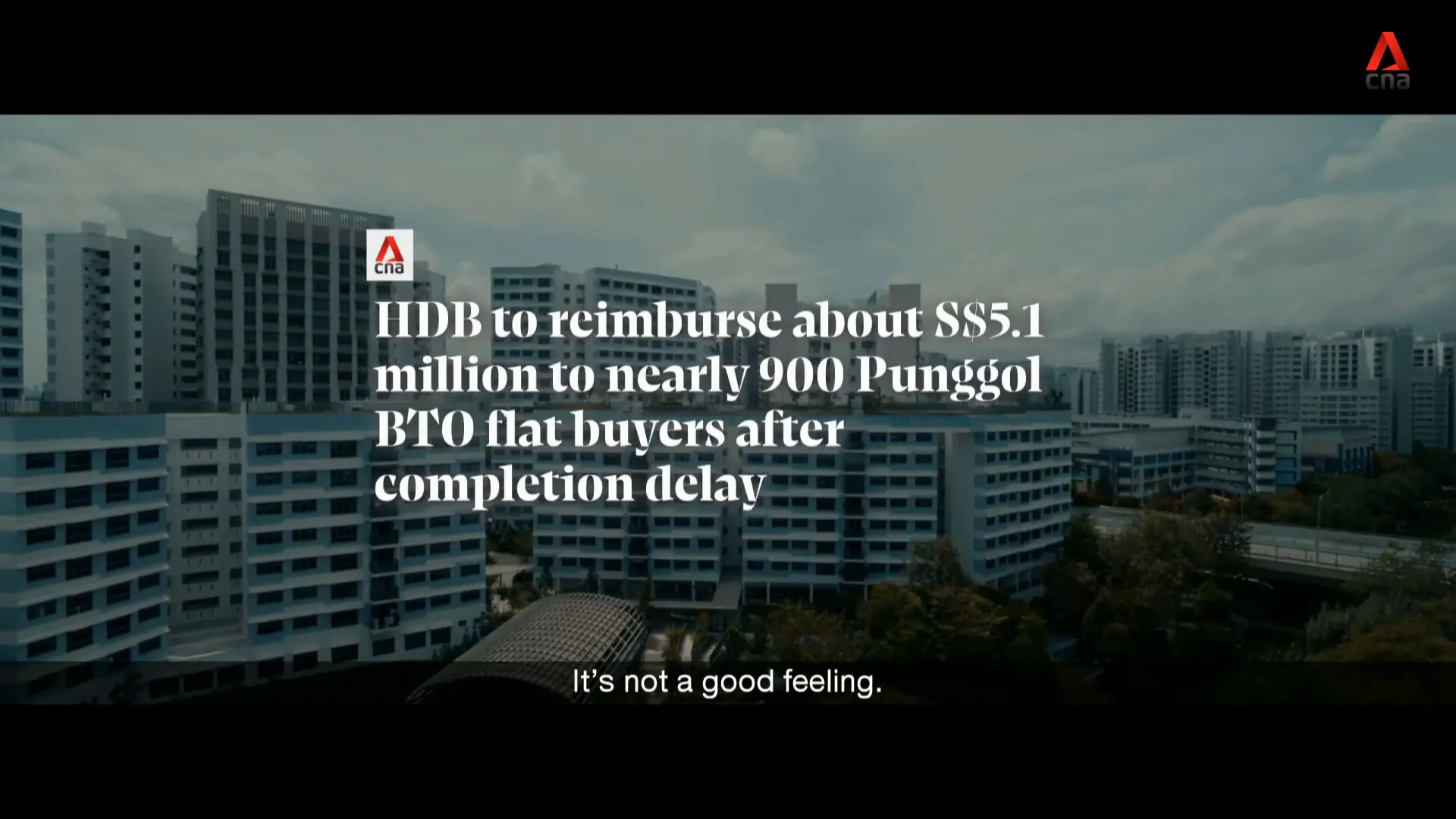
Lessons Learned from COVID-19
The pandemic taught invaluable lessons about resilience and adaptability. One key takeaway was the importance of maintaining a flexible mindset. As the situation evolved, HDB had to innovate continuously, finding new solutions to unprecedented challenges. This agility allowed the agency to navigate the complexities of construction during a global crisis.
Additionally, the pandemic underscored the necessity of diversifying supply chains. Relying heavily on a limited number of sources for materials and labor proved to be a vulnerability. Moving forward, HDB aims to build a more resilient construction ecosystem that can withstand future disruptions.
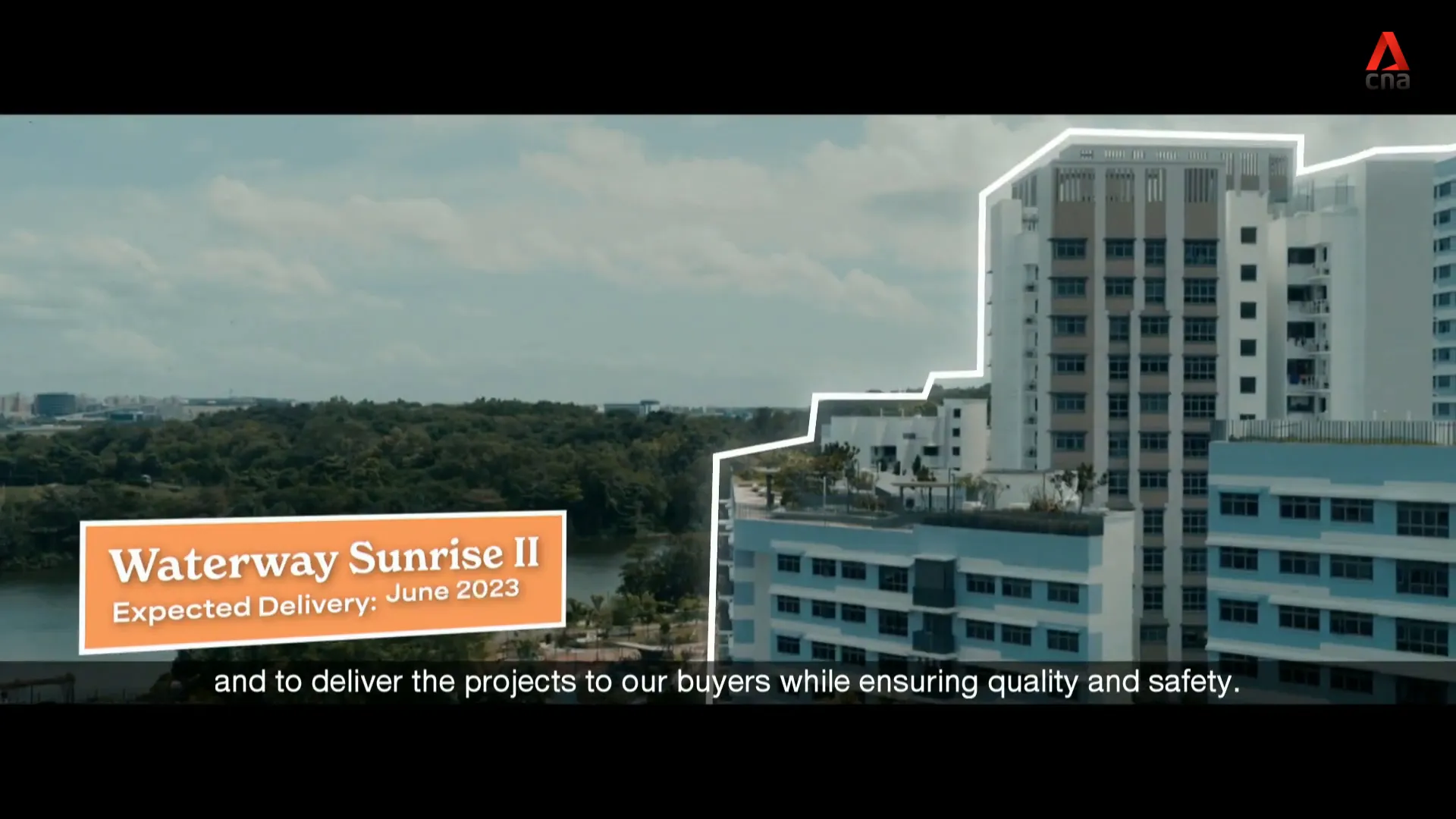
Looking Ahead: Future of HDB Construction
As we look to the future, the construction landscape is poised for transformation. With lessons learned from the pandemic, there is a renewed focus on innovation. HDB is exploring new technologies and methodologies to enhance efficiency and reduce reliance on traditional supply chains.
Moreover, the agency is committed to ensuring that safety remains a priority. The experiences of COVID-19 have led to the implementation of more stringent safety protocols that will continue to guide construction practices. The goal is not only to meet housing demands but to do so in a way that safeguards the health of all involved.
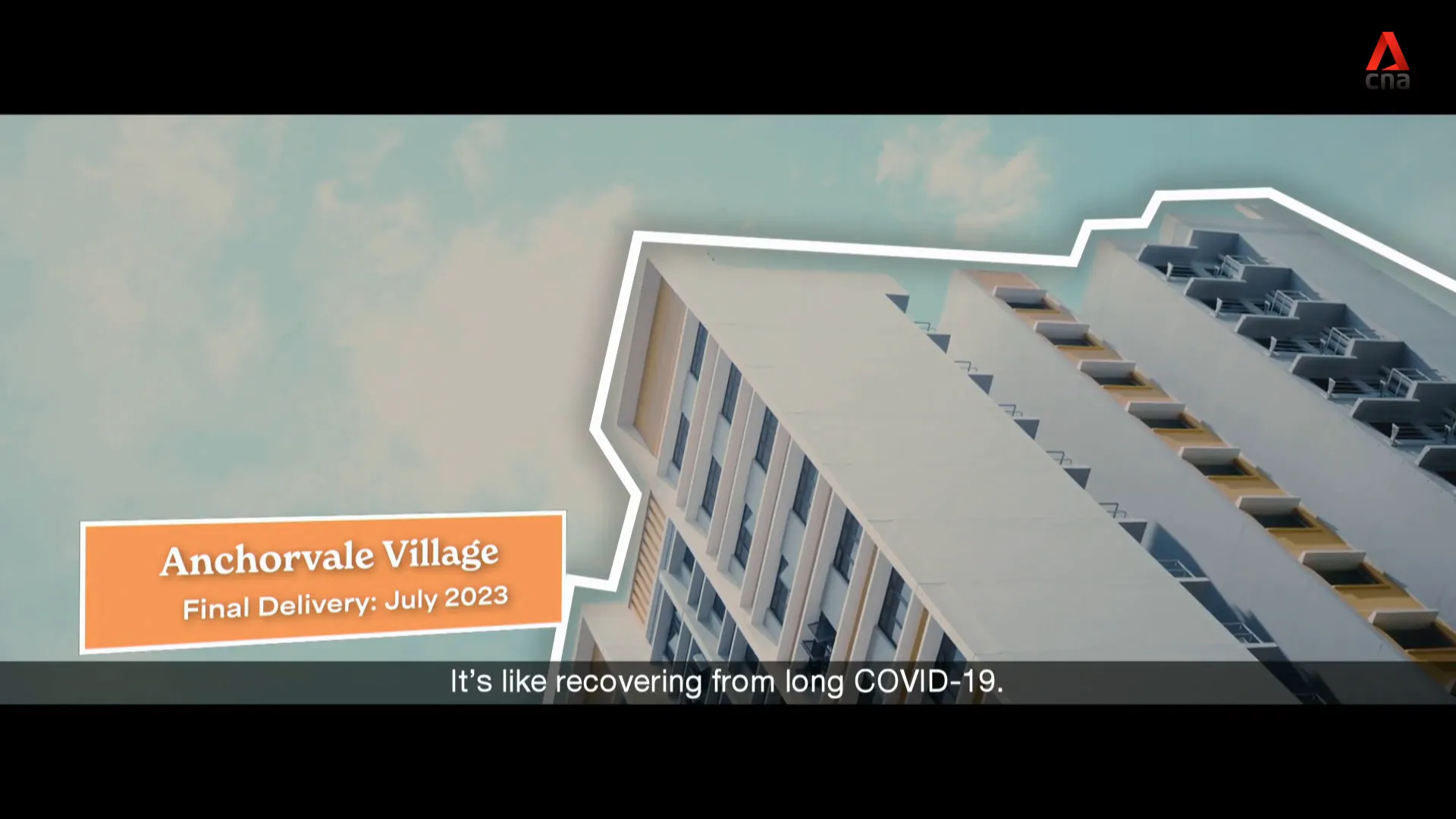
Community Resilience During the Crisis
The pandemic revealed the strength and resilience of the Singaporean community. As construction delays stretched timelines, many flat buyers demonstrated remarkable patience, understanding the unprecedented nature of the situation. The shared experience of waiting for homes fostered a sense of solidarity among residents.
Community support networks emerged, providing emotional and practical assistance to those affected. Neighbors checked in on each other, and online forums became platforms for sharing experiences and coping strategies. This resilience not only helped individuals navigate the challenges but also strengthened community bonds.

The Role of Government Initiatives
The Singapore government stepped in to provide support and guidance during this tumultuous period. Initiatives aimed at enhancing communication with flat buyers were introduced, ensuring that they were kept informed about project statuses and delays. Regular updates helped mitigate anxiety and foster trust.
Additionally, financial assistance programs were made available to those facing difficulties due to prolonged waiting periods. These measures aimed to alleviate some of the burdens faced by buyers, showcasing the government’s commitment to the community’s welfare during the crisis.
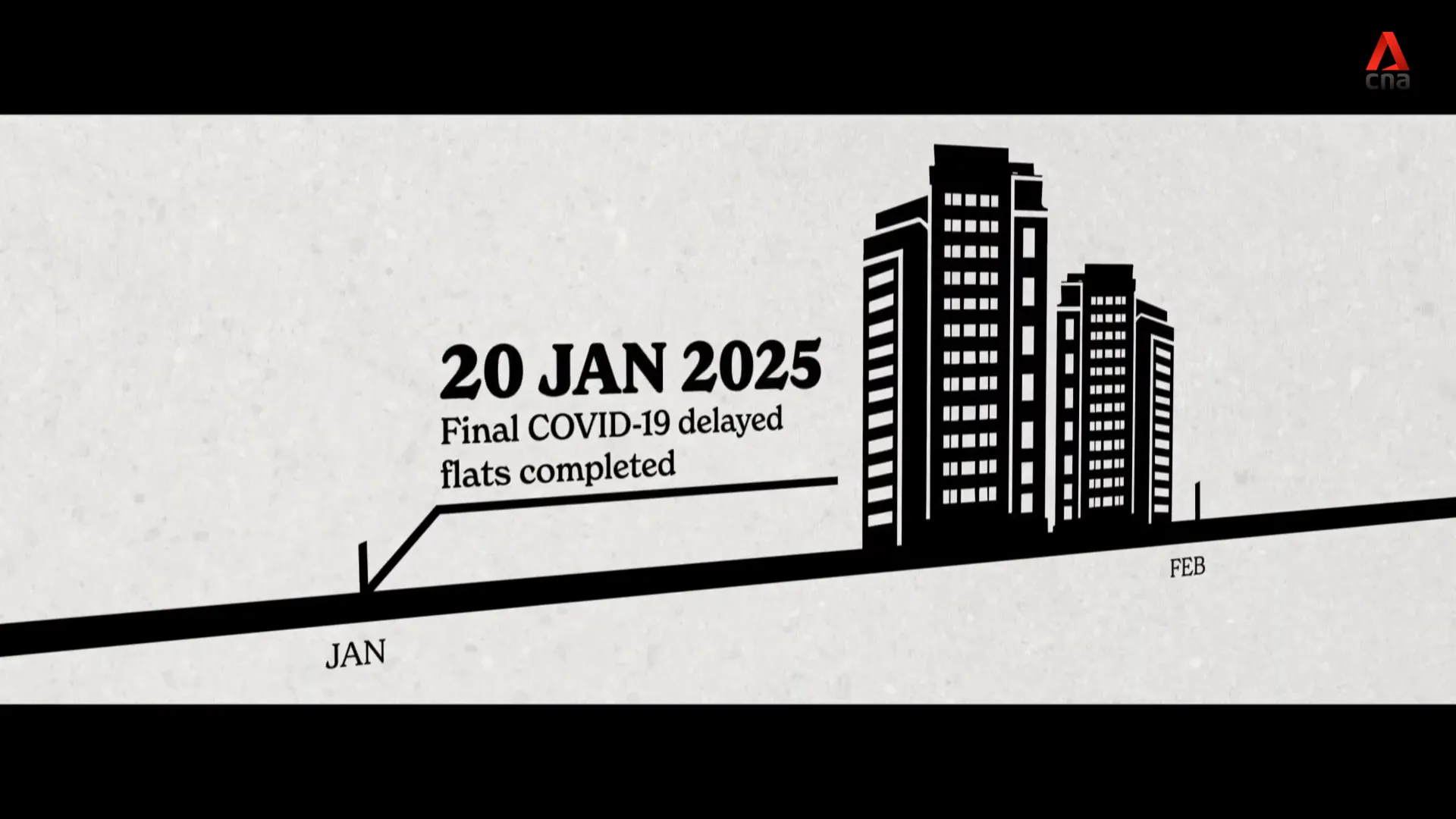
The Economic Implications of Construction Delays
Construction delays had significant economic ramifications, affecting not just flat buyers but the broader economy as well. The construction sector is a crucial pillar of Singapore’s economy, and disruptions led to a ripple effect across various industries.
As project timelines extended, costs escalated. Builders faced increased expenses due to idled machinery, ongoing wages, and rising material prices. The pent-up demand for construction services further compounded these challenges, driving up costs and impacting project budgets.
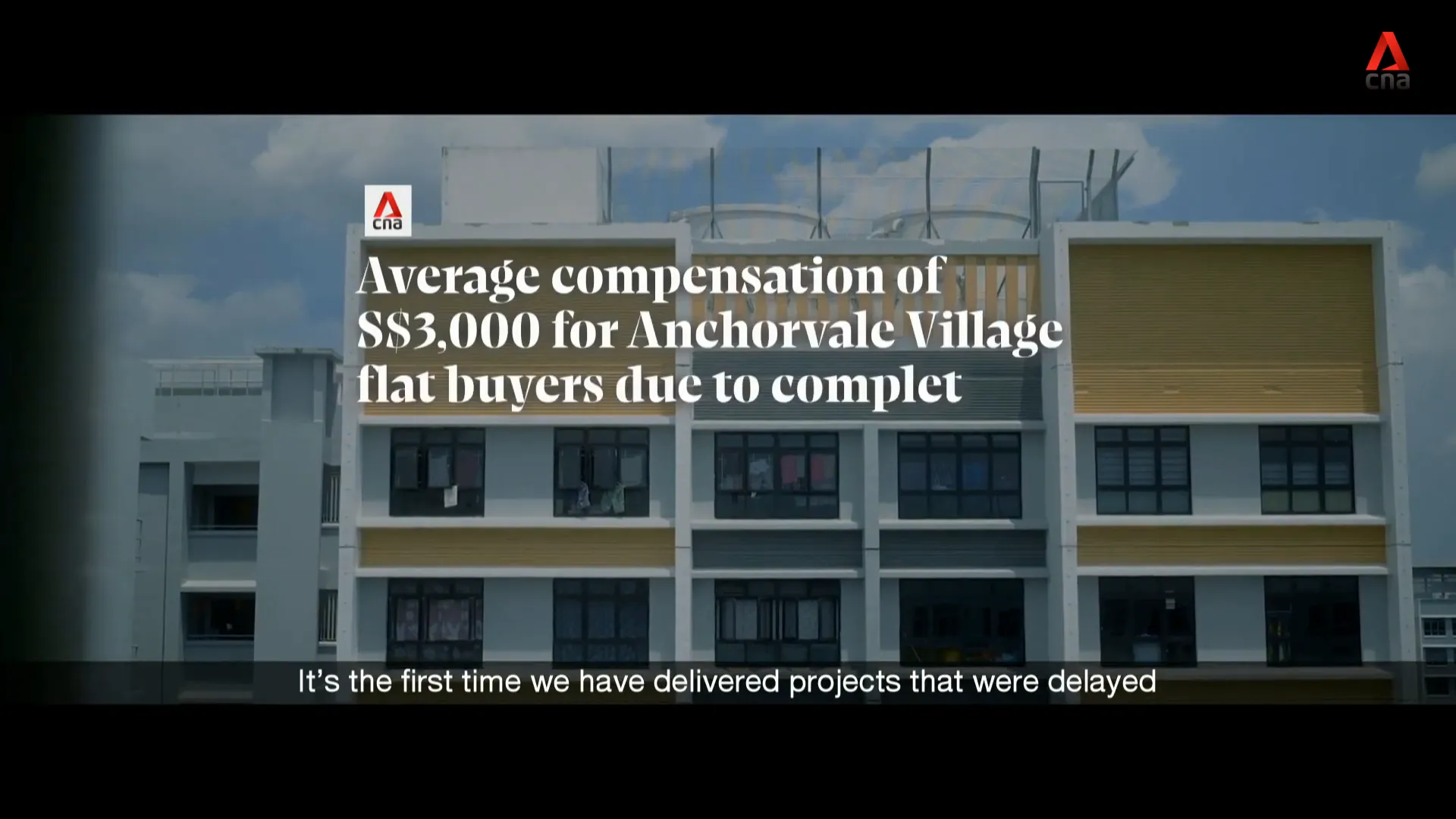
Impact on Housing Market
The delays in HDB construction also influenced the housing market dynamics. With fewer flats available for sale, the demand for existing properties surged. This imbalance led to increased prices in the resale market, making it more challenging for first-time buyers to enter the market.
Moreover, the uncertainty surrounding project timelines created a hesitance among potential buyers. Many chose to delay their purchasing decisions, leading to fluctuations in buyer sentiment. The overall housing market faced an unpredictable landscape, with shifts in demand and pricing creating further complications.
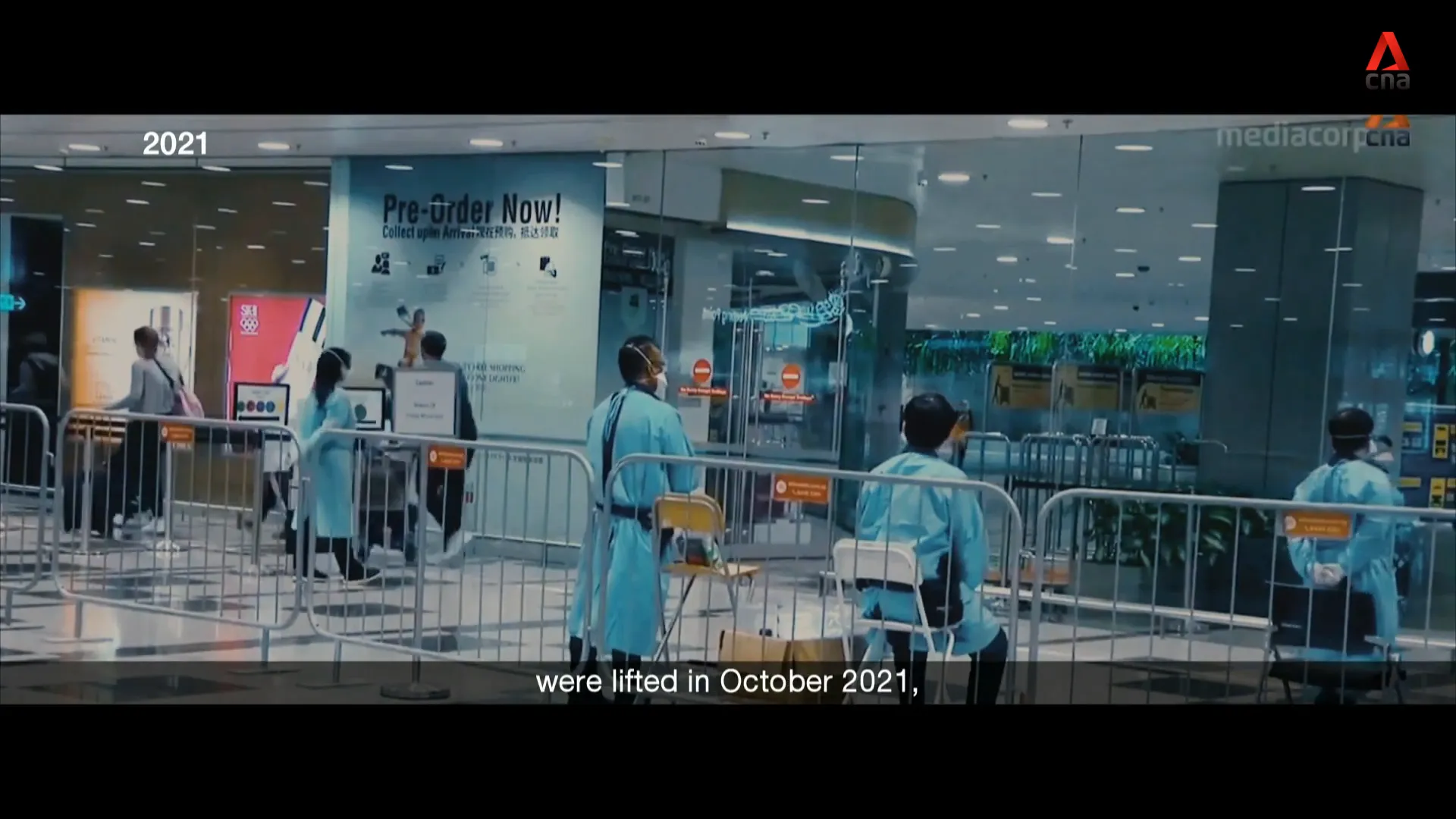
A Collective Effort to Overcome Challenges
Overcoming the challenges posed by COVID-19 required a collective effort from all stakeholders involved in HDB construction. Developers, contractors, and government agencies collaborated closely to find solutions. This collaborative approach became essential in navigating the complexities of the pandemic.
Innovative strategies emerged as teams worked to adapt to new realities. For instance, alternative sourcing of materials and labor became a priority. The construction sector explored local suppliers and diversified its workforce, ensuring that projects could continue despite ongoing challenges.
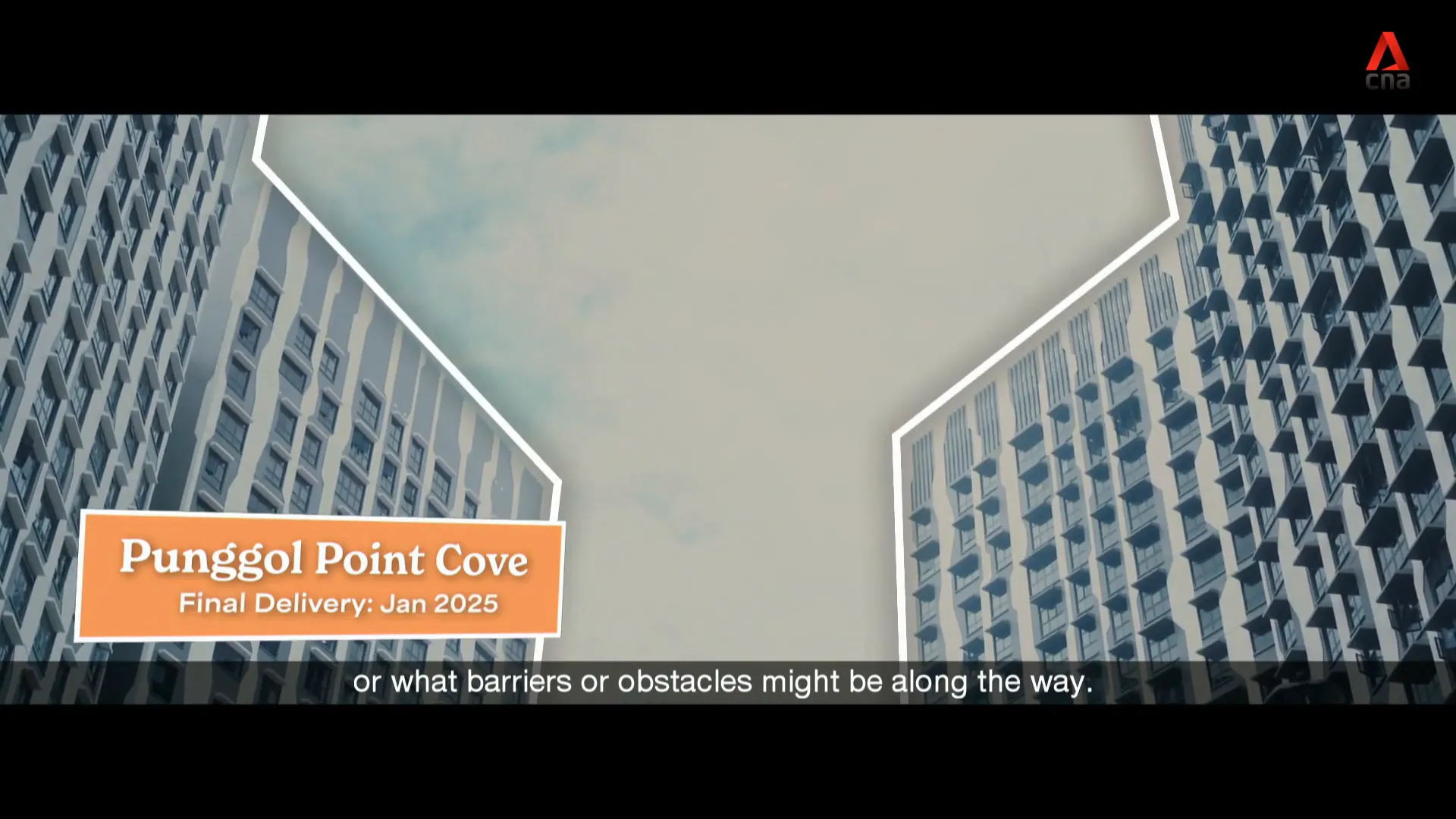
Innovations in Construction Practices
The pandemic also accelerated the adoption of technology in construction practices. Remote monitoring, digital project management tools, and virtual collaboration platforms became integral to maintaining project momentum. These innovations not only addressed immediate challenges but also set the stage for a more efficient construction landscape moving forward.
As teams leveraged technology to optimize workflows, the construction industry began to transform. The lessons learned during this period will likely have lasting effects, paving the way for a more resilient and adaptable sector in the future.
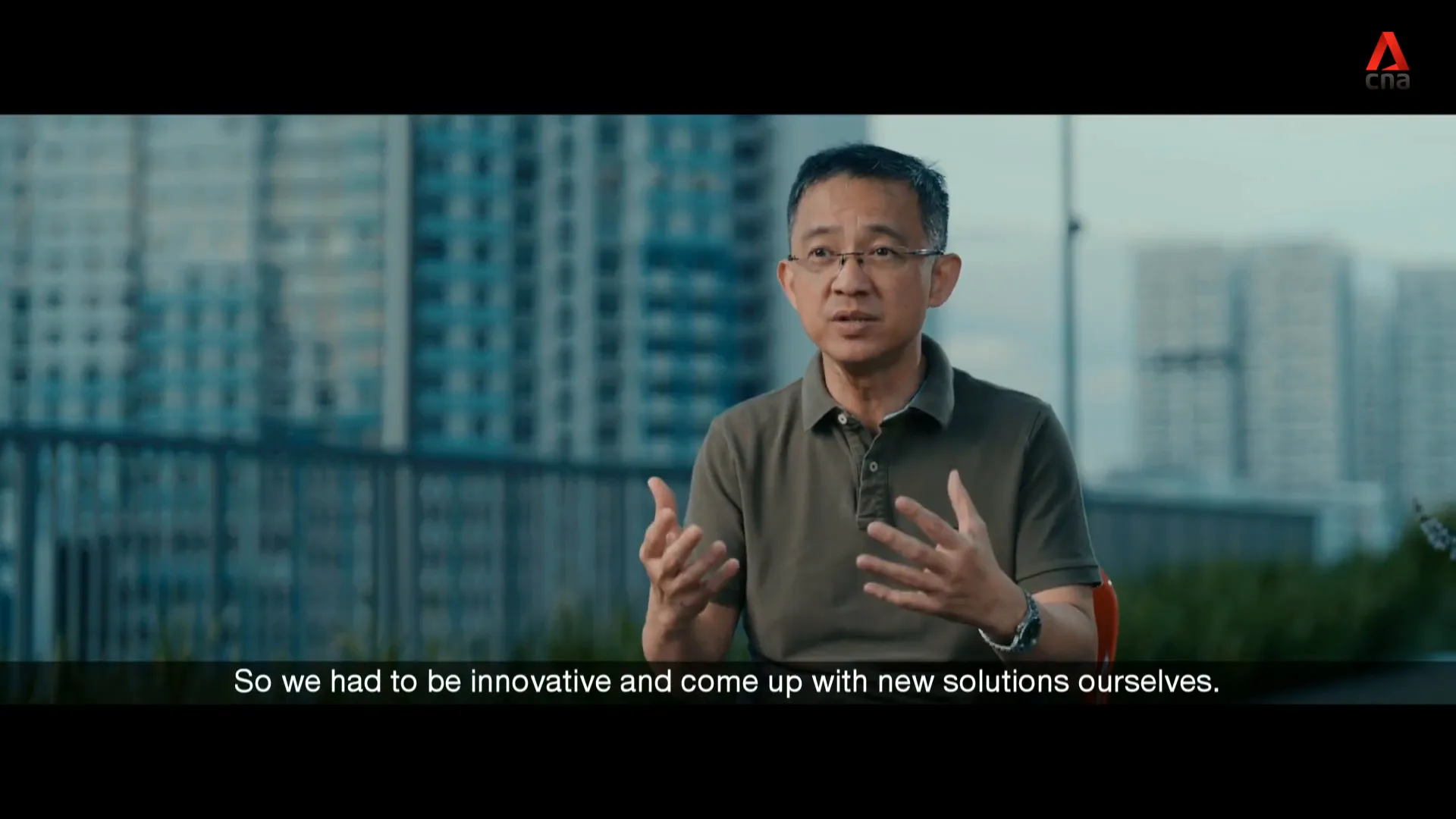
FAQ
What are the primary reasons for the delays in HDB construction during COVID-19?
The primary reasons include work closures due to lockdown measures, supply chain disruptions, a shortage of manpower, and the rising costs of materials. These factors collectively contributed to extended project timelines.
How did the government support flat buyers during the pandemic?
The government provided regular updates on project statuses, financial assistance programs, and enhanced communication to alleviate concerns among flat buyers. These initiatives aimed to support residents through the uncertainty.
What long-term changes can we expect in the construction industry post-COVID?
Post-COVID, the construction industry is likely to see increased reliance on technology, diversified supply chains, and a greater emphasis on health and safety protocols. These changes will aim to mitigate future disruptions and enhance overall resilience.
How can communities prepare for future disruptions in housing construction?
Communities can prepare by fostering open communication among residents, creating support networks, and advocating for transparent processes with developers and government agencies. Building resilience and adaptability will be key in facing future challenges.
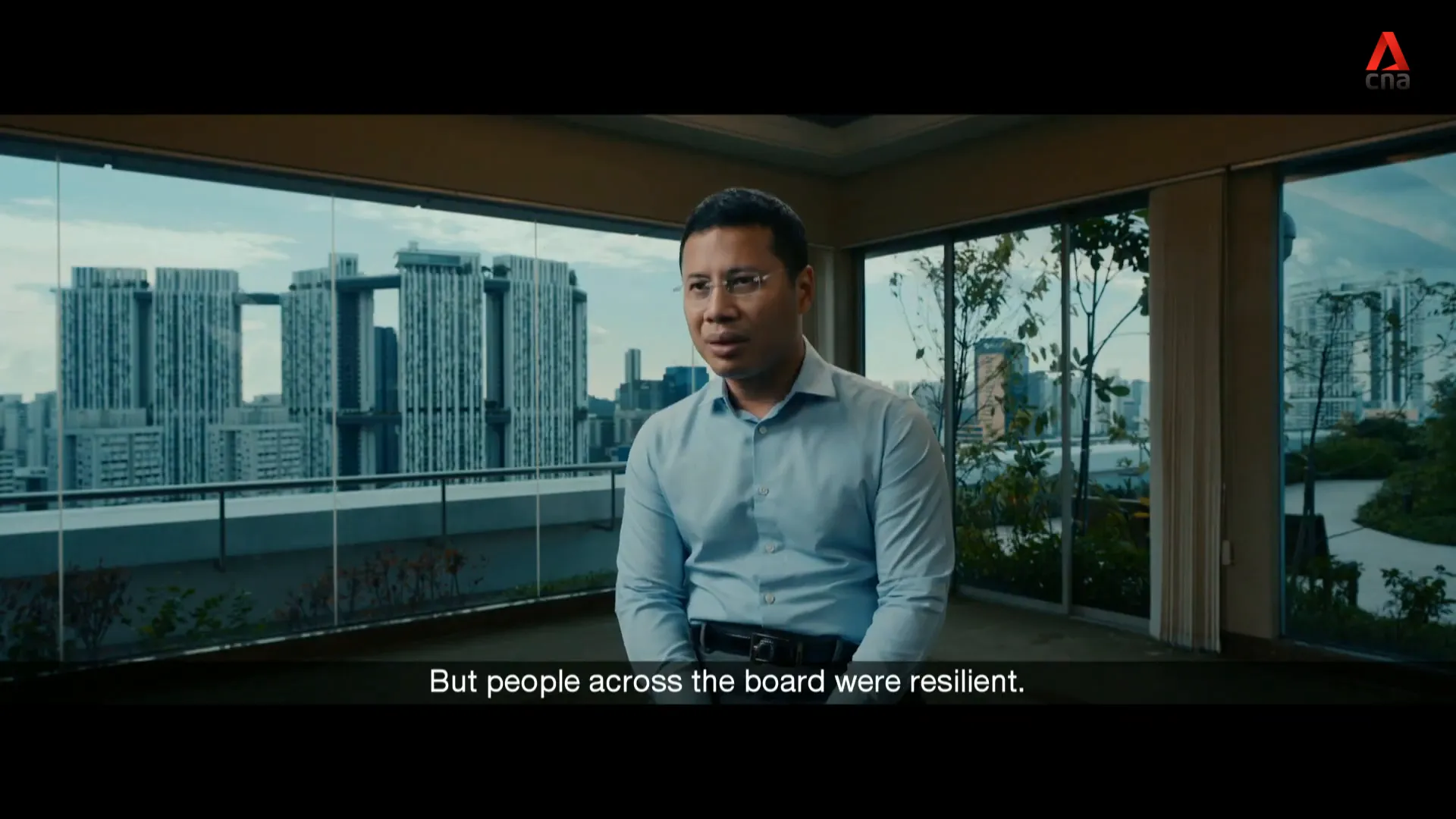
Disclaimer: This information is provided for informational purposes only. PropsBit.com.sg does not endorse or guarantee its relevance or accuracy concerning your specific situation. While careful efforts have been taken to ensure the content’s correctness and reliability at the time of publication, it should not replace personalized advice from a qualified professional. We highly recommend against relying solely on this information for financial, investment, property, or legal decisions, and we accept no responsibility for choices made based on this content.




